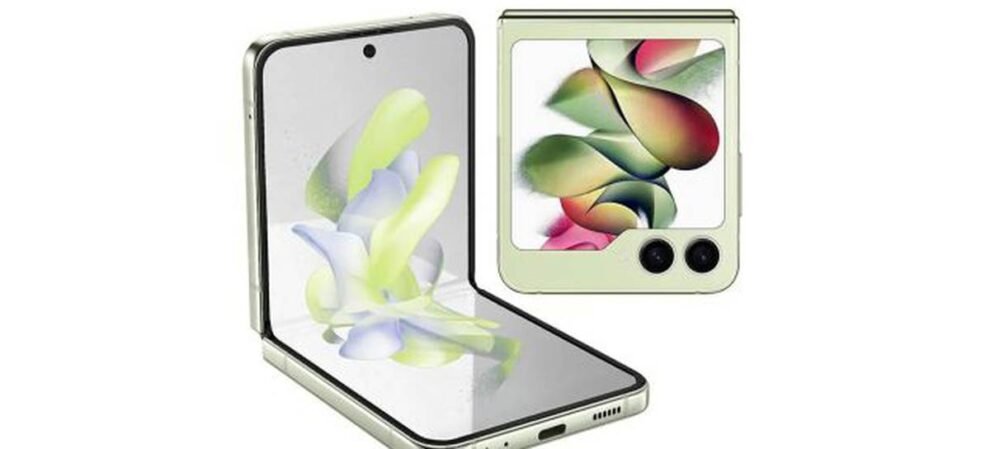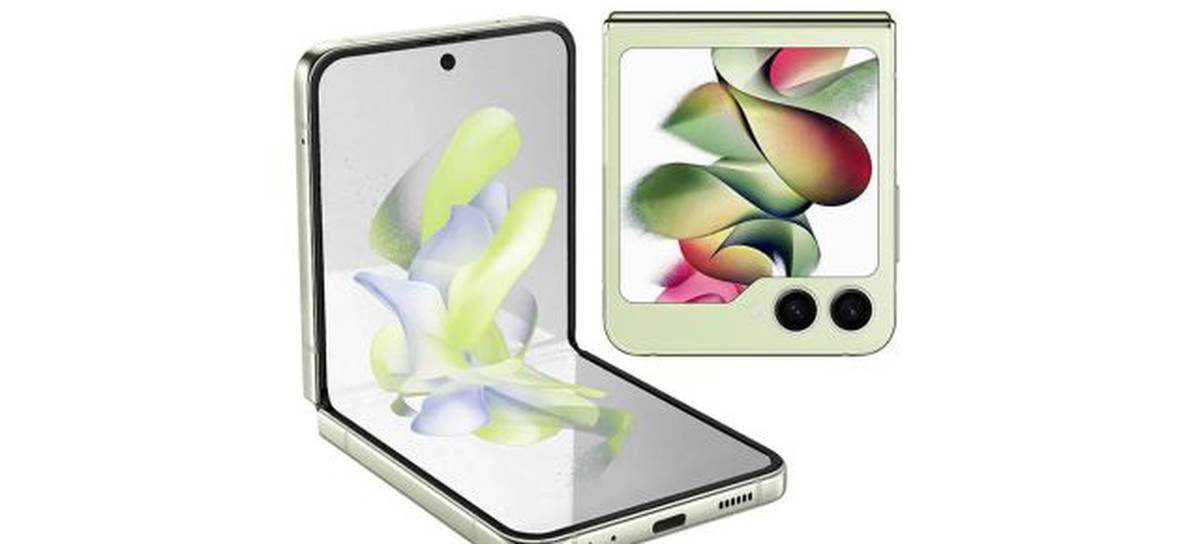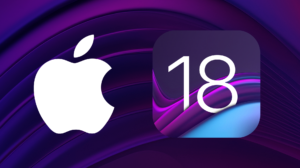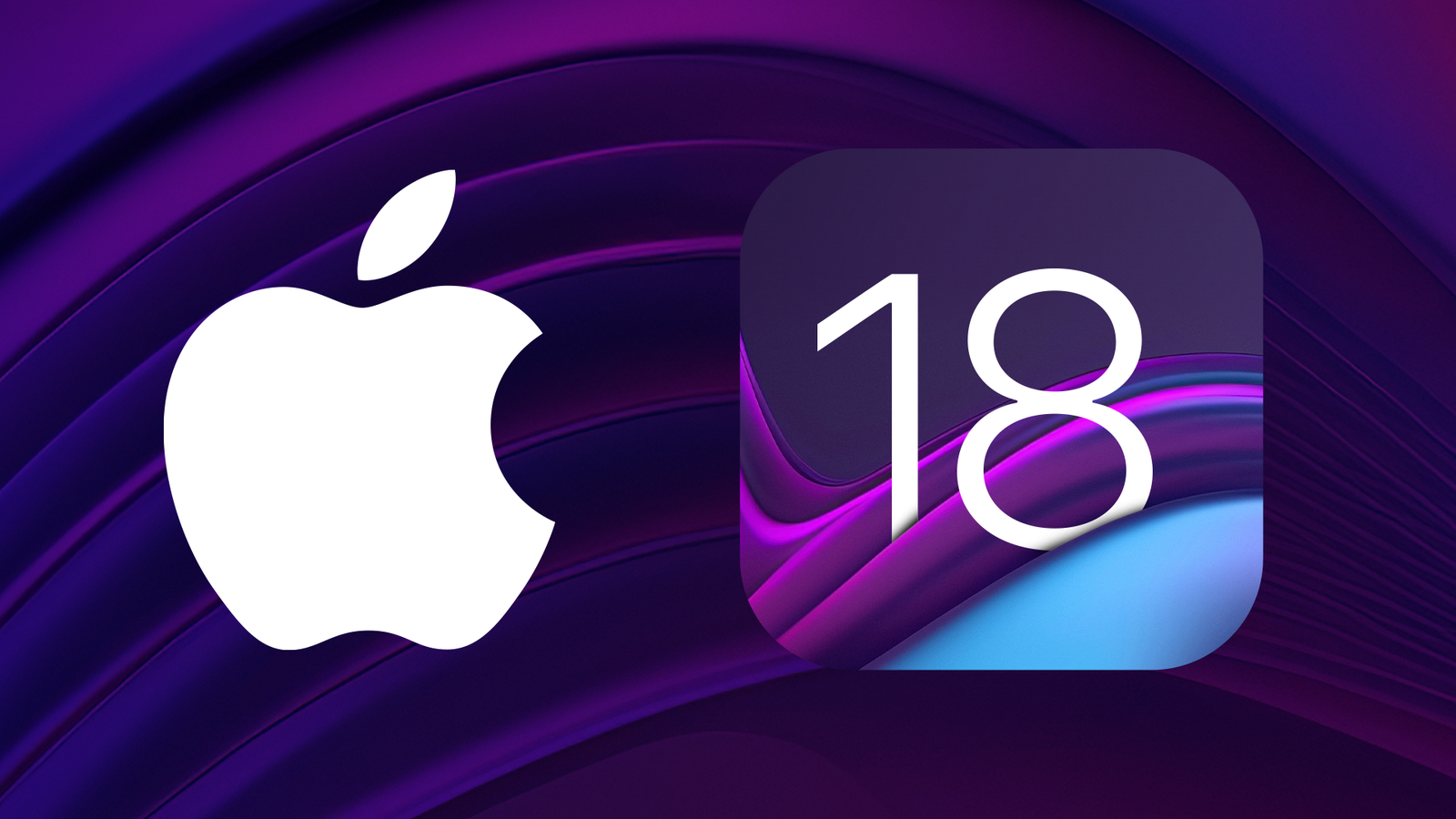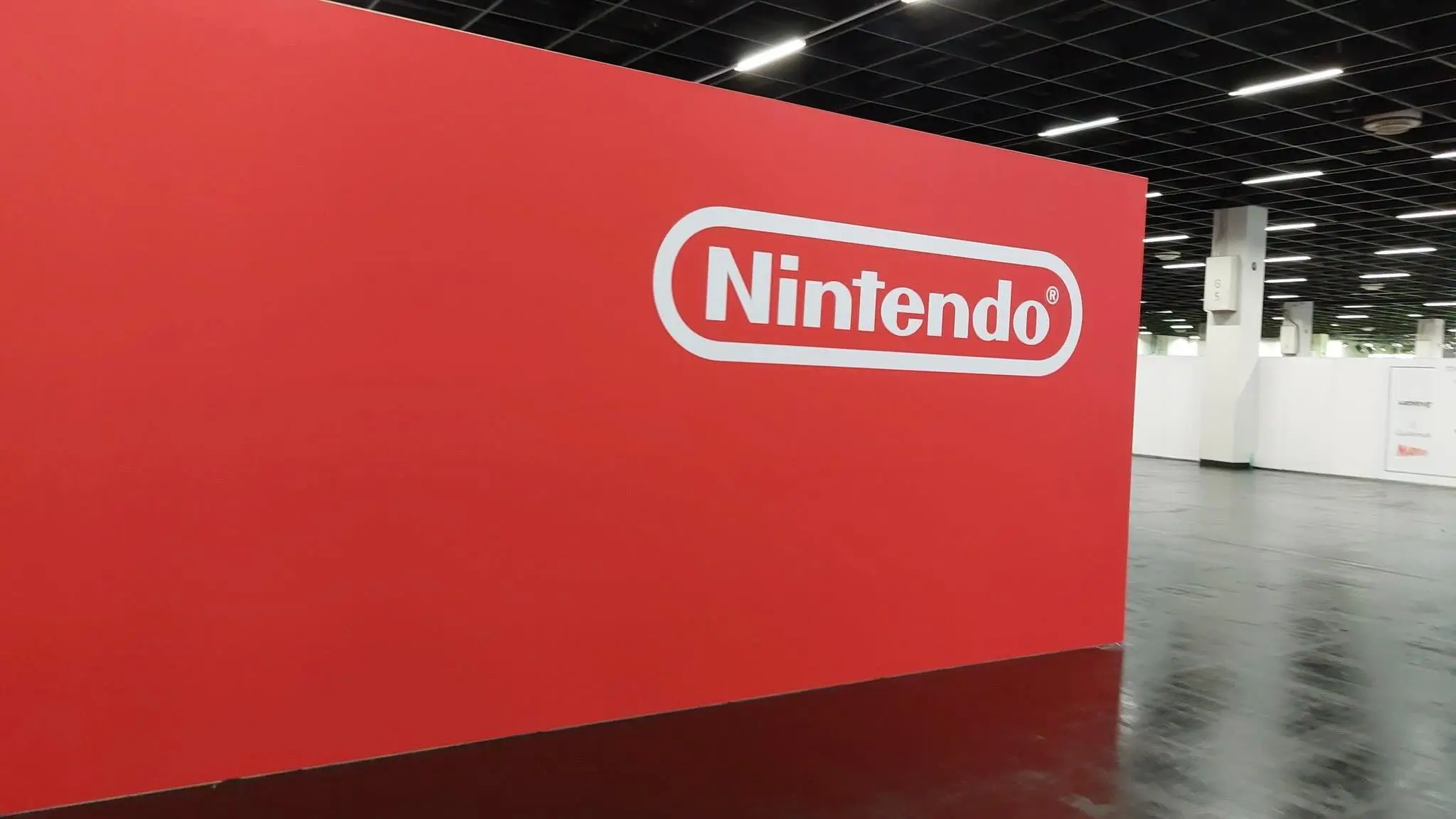The decision to transition to a folding phone marks a significant moment in any tech enthusiast’s life, encapsulating both the thrill of innovation and a tinge of apprehension. With my recent purchase of a foldable phone, I find myself navigating this exact landscape of excitement and uncertainty.
Key Highlights:
- Folding phones offer unparalleled versatility, doubling as a smartphone and tablet.
- The market is dominated by models like the Samsung Galaxy Z Flip 5 and Galaxy Z Fold 5, with Google’s Pixel Fold emerging as a strong contender.
- Concerns linger over durability, especially around the hinge and screen.
- Prices vary widely, with premium models commanding high prices, though more affordable options are emerging.
- The choice between a flip and a fold model hinges on personal needs for portability or productivity.
Foldable phones, like the Samsung Galaxy Z Fold 5 and Z Flip 5, along with the Google Pixel Fold, are redefining what we expect from our mobile devices. They blend the convenience of a smartphone with the enhanced functionality of a tablet, a transition that’s as promising as it is fraught with questions about durability, cost, and practicality.
The Allure of Folding Phones
The appeal of foldable phones lies in their versatility. A device like the Galaxy Z Fold 5 unfolds into a large screen ideal for multitasking, akin to a tablet, yet can be folded into a more compact form for ease of transport. Meanwhile, the Galaxy Z Flip 5 and similar flip models offer a modern take on the classic flip phone design, providing a full-size smartphone experience that can be folded into a pocket-friendly form.
Durability and Longevity Concerns
One cannot ignore the concerns surrounding the durability of folding phones. The mechanisms that allow these devices to fold—hinges and foldable screens—are subject to wear and potential damage, raising questions about their longevity and the accumulation of dust or debris in the moving parts.
Cost Considerations
The cost of foldable phones varies significantly. While top-of-the-line models like the Z Fold 5 and Z Flip 5 maintain their premium pricing, more affordable options are becoming available, like the Motorola Razr (2023). This diversification suggests that foldables are becoming accessible to a broader audience.
Making the Right Choice
Choosing between a flip or fold model is a deeply personal decision. It depends on whether one prioritizes the portability of a flip phone or the productivity-enhancing features of a fold-out model. Both designs cater to different aspects of the mobile experience, from casual browsing to intensive multitasking.
As I embark on this journey with my first folding phone, the blend of anticipation and concern is palpable. These devices represent the cutting edge of mobile technology, offering a glimpse into a future where our phones can adapt more fluidly to our needs. While questions about durability and cost remain, the allure of a phone that can double as a tablet—or shrink to fit snugly in a pocket—is undeniable. The decision to embrace a foldable phone is a step into uncharted territory, one that promises to redefine our relationship with our most indispensable gadgets.

